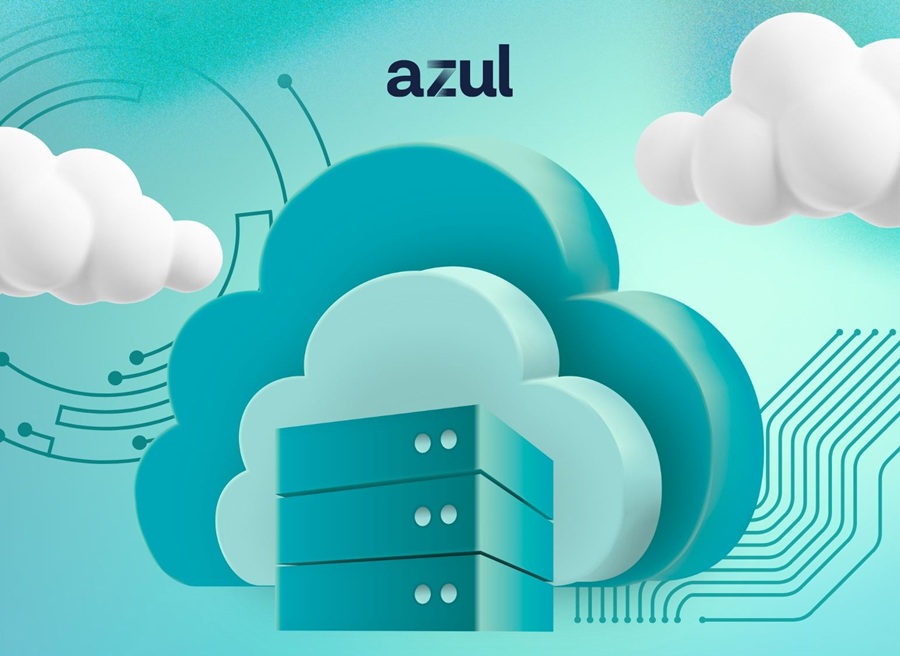Corvil has integrated its CorvilNet Enterprise Monitoring Solution with the Cisco Nexus 3548 ultra-low latency switch.
The collaboration will provide high performance traders with Corvil’s trading systems data monitoring and analytics overlaid on a Cisco advanced switching infrastructure.
As high performance trading systems become faster and process more data, the network becomes critical as the most reliable source of performance data. While complex trading analysis and risk mitigation still need to be performed outside the network layer, significant cost savings and scale advantages can be obtained by moving certain high-volume tasks such as timestamping and buffer monitoring to the network devices, like the Cisco Nexus 3548.
This integration with Cisco Nexus switches help enable high performance traders to extend the reach and visibility of their CorvilNet monitoring system with no loss of granularity or accuracy in reporting.
“High performance traders are increasingly looking for ways to extract granular performance data from their networking equipment,” said Tuqiang Cao, VP of Product Management at the Cisco Data Center Group. “Cisco is working with industry-leading monitoring vendor partners, like Corvil, to integrate the unique analytics features of the Nexus 3548, such as packet timestamping and active buffer monitoring, to bring more value to our end customers.”
Donal O’ Sullivan, VP of Product Management, Corvil said, “This really is the next generation of low-latency data monitoring. Timestamping and certain other time-critical functions will be performed by the infrastructure, while correlation, analysis and reporting will be done by monitoring solutions like Corvil’s. This will deliver a broader monitoring footprint at a better cost-point for our mutual customers.”
The Latest
Regardless of their scale, business decisions often take time, effort, and a lot of back-and-forth discussion to reach any sort of actionable conclusion ... Any means of streamlining this process and getting from complex problems to optimal solutions more efficiently and reliably is key. How can organizations optimize their decision-making to save time and reduce excess effort from those involved? ...
As enterprises accelerate their cloud adoption strategies, CIOs are routinely exceeding their cloud budgets — a concern that's about to face additional pressure from an unexpected direction: uncertainty over semiconductor tariffs. The CIO Cloud Trends Survey & Report from Azul reveals the extent continued cloud investment despite cost overruns, and how organizations are attempting to bring spending under control ...

According to Auvik's 2025 IT Trends Report, 60% of IT professionals feel at least moderately burned out on the job, with 43% stating that their workload is contributing to work stress. At the same time, many IT professionals are naming AI and machine learning as key areas they'd most like to upskill ...
Businesses that face downtime or outages risk financial and reputational damage, as well as reducing partner, shareholder, and customer trust. One of the major challenges that enterprises face is implementing a robust business continuity plan. What's the solution? The answer may lie in disaster recovery tactics such as truly immutable storage and regular disaster recovery testing ...
IT spending is expected to jump nearly 10% in 2025, and organizations are now facing pressure to manage costs without slowing down critical functions like observability. To meet the challenge, leaders are turning to smarter, more cost effective business strategies. Enter stage right: OpenTelemetry, the missing piece of the puzzle that is no longer just an option but rather a strategic advantage ...
Amidst the threat of cyberhacks and data breaches, companies install several security measures to keep their business safely afloat. These measures aim to protect businesses, employees, and crucial data. Yet, employees perceive them as burdensome. Frustrated with complex logins, slow access, and constant security checks, workers decide to completely bypass all security set-ups ...

In MEAN TIME TO INSIGHT Episode 13, Shamus McGillicuddy, VP of Research, Network Infrastructure and Operations, at EMA discusses hybrid multi-cloud networking strategy ...
In high-traffic environments, the sheer volume and unpredictable nature of network incidents can quickly overwhelm even the most skilled teams, hindering their ability to react swiftly and effectively, potentially impacting service availability and overall business performance. This is where closed-loop remediation comes into the picture: an IT management concept designed to address the escalating complexity of modern networks ...
In 2025, enterprise workflows are undergoing a seismic shift. Propelled by breakthroughs in generative AI (GenAI), large language models (LLMs), and natural language processing (NLP), a new paradigm is emerging — agentic AI. This technology is not just automating tasks; it's reimagining how organizations make decisions, engage customers, and operate at scale ...
In the early days of the cloud revolution, business leaders perceived cloud services as a means of sidelining IT organizations. IT was too slow, too expensive, or incapable of supporting new technologies. With a team of developers, line of business managers could deploy new applications and services in the cloud. IT has been fighting to retake control ever since. Today, IT is back in the driver's seat, according to new research by Enterprise Management Associates (EMA) ...
